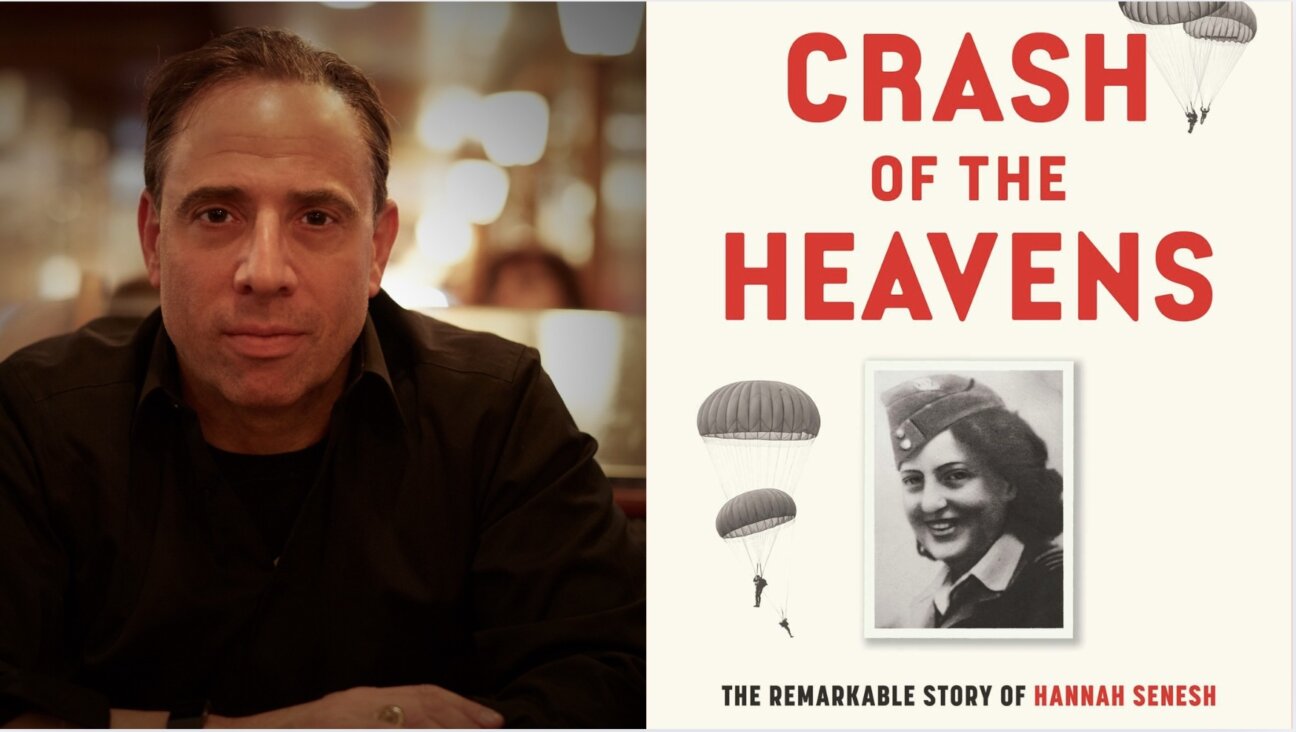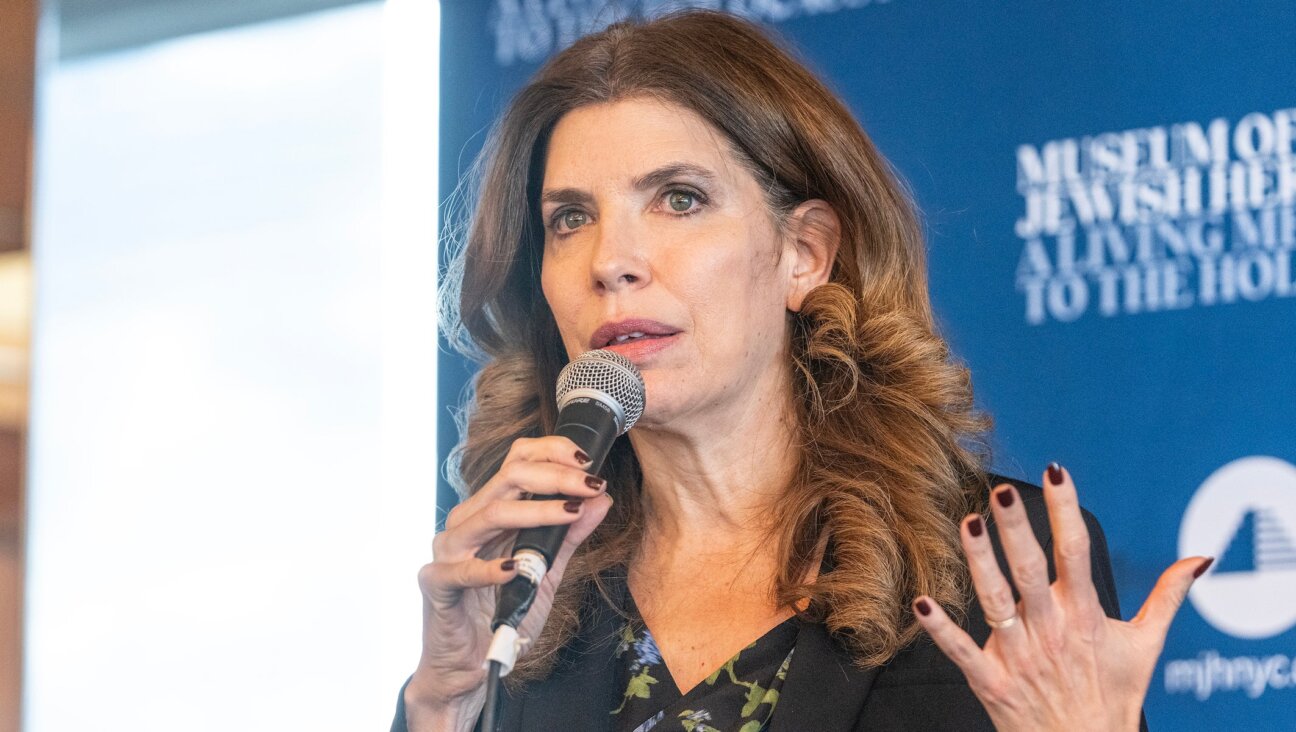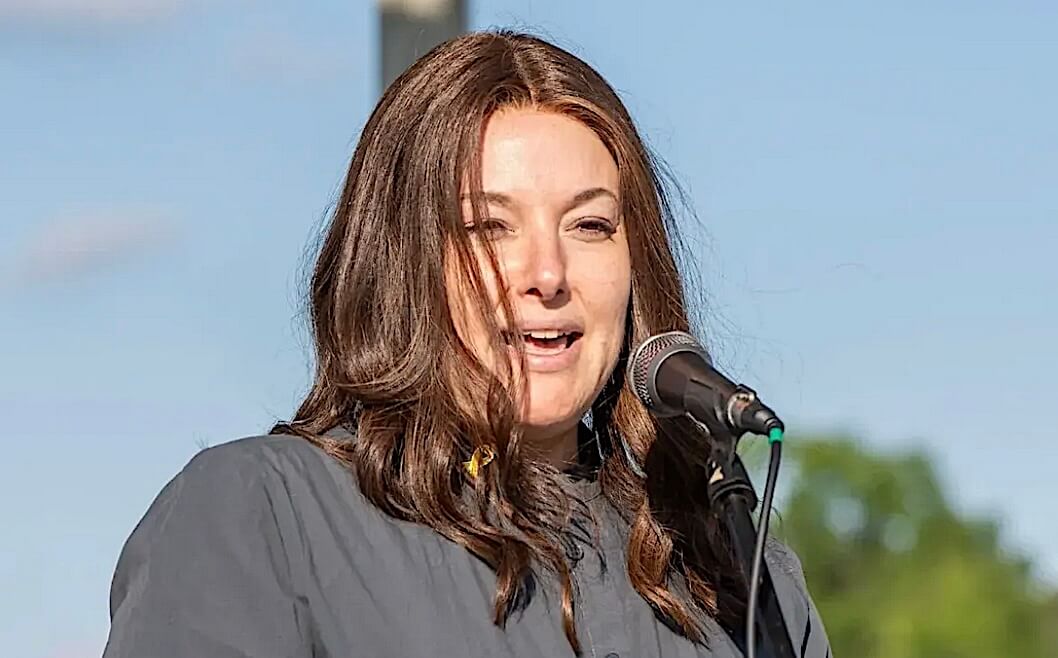Author Blog: What Makes a Creative Process Jewish?

Graphic by Angelie Zaslavsky
Earlier this week, David Ebenbach wrote about what makes a short story Jewish. His blog posts are featured on The Arty Semite courtesy of the Jewish Book Council and My Jewish Learning’s Author Blog Series. For more information on the series, please visit:
Is my fiction Jewish? In my last blog post I came to a firm conclusion: yes — and no. Well, I think I can make the same bold claim for the creative process I go through when I’m writing. On the one hand, I have to do the things all writers do, whatever their background: I have to start with some promising, mysterious, uncertain thing (a line, a character, a mood), and work with it until something more whole develops, and keep things open so that I can revise and revise and revise, as drastically as is required, until I have a piece that I can comfortably call done. Again, this is what all writers do. Yet, when I look at it more closely, I have to say that I do those things pretty Jewishly.
What do I mean? Well, the creative process is a basically dead thing if it’s just a bunch of pre-ordained steps that you follow from start to finish. Creativity becomes powerful when it’s infused with purpose and meaning and direction — the distinct purpose, meaning, and direction brought to the work by each author — and that infusion, in my case, comes from the wisdom of Judaism.
There’s an old, old story (we’ve got some very old stories) that suggests that, when God was figuring out how to make the universe, God read the Torah for instructions. I love that. I also love the old wisdom of the Pirkei Avot, which says of the Torah, “Turn it, turn it, for everything is in it.” What all that tells me is that artists — folks who boldly engage in the act of creation — could get a lot out of that foundational text of ours.
As a matter of fact, one of my big recent projects was a book called “The Artist’s Torah” (Cascade Books), an attempt to take on the Torah, portion by portion, to see if each weekly reading had something — insight, reassurance, even instruction — to offer artists. I pretty much expected the project to fail. And yet it didn’t; portion after portion I found valuable ideas, images, and stories that were immensely relevant to my work as a writer. I found insights about the ties between creation and destruction; about how abundant inspiration and also the lack of it are both part of the process; about speaking out and silence; about the need to appeal to the senses in our work; about why we bother to create at all; about the dangerous attractions of publication and fame; about the close relationship between content and form; about fearlessly taking on difficult material; and so on.
I mean, the Torah is a rich and complicated book; you might be able to write something called The Lawyer’s Torah or The Parent’s Torah just as easily. (Take those ideas and run with them, someone.) So I’m not saying that the Torah is secretly just a message to artists, and that all other interpretations are misinterpretations. What I’m saying is just that artists have every reason to turn to some of our oldest sources of wisdom for aid and understanding in our own lives and work. One of the telling things was that I was simultaneously reading a lot of biographies — Jewish painters, choreographers, writers, etc. — and I saw them echoing the very things I was uncovering in the Torah, so I threw them in alongside the more ancient words and let the echoes speak for themselves.
I’ll make an example of the story that stands out the most for me: Adam and Eve. Not as traumatic a tale for us as for Christians, but still—it’s kind of a big deal when they eat the fruit and get kicked out of the garden. But why do they get kicked out? Because, so goes the story, they’ve eaten of the Tree of Knowledge of Good and Evil. And what do they do right after they set up a new camp? They “know” each other and make a baby. In other words, as soon as they know the full range of potential in the world — good and evil both — they right away get started on the very first act of human creation. Which means our creativity might be fueled by the same kind of knowledge.
I carry that tale with me. As a Jewish writer, I think my job is, first and foremost, to come to know that full range of good and evil, beauty and brokenness, creation and destruction — to see it and to know it, and to start writing.
And that’s just the beginning.
David Ebenbach’s collection “Into the Wilderness” is now available. Visit his website here.
The Jewish Book Council is a not-for-profit organization devoted to the reading, writing and publishing of Jewish literature. For more Jewish literary blog posts, reviews of Jewish books and book club resources, and to learn about awards and conferences, please visit www.jewishbookcouncil.org.
MyJewishLearning.com is the leading transdenominational website of Jewish information and education. Visit My Jewish Learning for thousands of articles on Judaism, Jewish holidays, Jewish history and more.
















